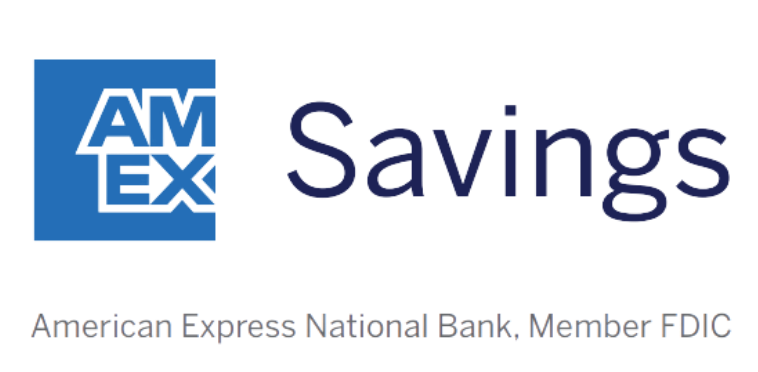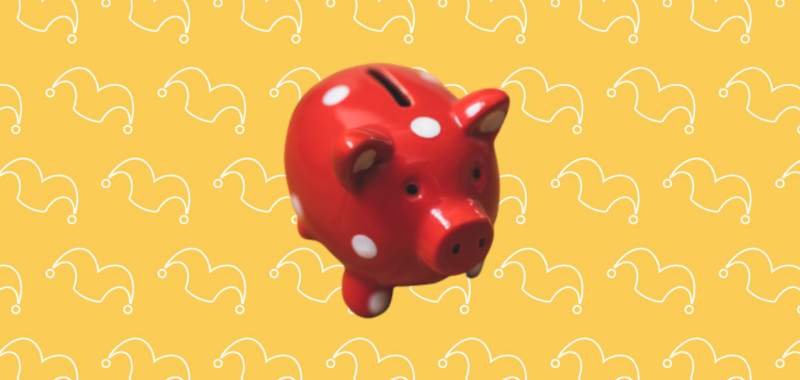There was a time when I, a financial writer, kept my savings in my checking account. I know, I know. It was not ideal.
But when I first started my freelance-based business, there was a lot of money fear that came along with it. So I tended to hoard my money in my checking account so that I wouldn’t be caught off guard when a bill auto-deducted money from my account.
But as my business stabilized, I began to see how much I was missing out on by not having at least some of my extra cash in a high-yield savings account (HYSA). Here are three reasons why I made the switch.
1. I could earn an APY bonus
Banks sometimes offer bonuses, including cash and temporary interest rate hikes, to lure in new customers. I wanted to take advantage of that, especially in a high-rate environment that accompanied a time of high inflation.
Our Picks for the Best High-Yield Savings Accounts of 2024
|
Capital One 360 Performance Savings APY 4.10%
|
APY 4.10%
|
Min. to earn $0 |
|
American Express® High Yield Savings 
APY 4.10%
|
APY 4.10%
|
Min. to earn $0 |
|
Discover® Online Savings 
|
Min. to earn $0 |
So I chose a HYSA that offered a three-month period with a higher interest rate than that institution’s current rate. That meant I was earning 5.50% APY on my savings instead of 5.00%, at least temporarily.
A bank bonus like this is probably not going to be a game-changer for your overall finances. But the more you can save and keep saved, the more interest you stand to earn. And if you have the choice to earn more, it’s worth taking it.
Interested in watching your saved cash grow with a higher interest rate? Check out our top-ranking HYSAs for 2024.
2. My account offered higher returns than my old savings account
Even beyond any APY bonus, HYSAs generally have significantly higher APYs than traditional savings accounts. In fact, while the national average savings account rate is at 0.46%, HYSAs are currently offering rates ranging from 4.50% to 5.30%.
Let’s put that into perspective: If I had a $5,000 balance at the average traditional savings account rate, I’d have earned $23.05 in interest by the end of the year, assuming I don’t contribute to that account at all. But with a 5.00% APY, I’d have earned $256.34 in interest.
As inflation continues to eat into the value of a dollar, staying ahead of that wave of rising prices is even more important. This is especially true if you’re working on creating (or rebuilding) an emergency fund, which is generally meant to be able to cover three to six months’ worth of necessary expenses.
3. It didn’t come with many requirements
Depending on the savings account (HYSA or traditional), you may have to agree to meet certain terms to access these accounts or their APYs. For example, some HYSAs require a minimum balance to get that higher rate, or others may simply have a minimum balance requirement to keep the account open. And some may charge a monthly fee in some circumstances.
I chose an account that didn’t have these requirements because I was focused on building up my balance from scratch and wanted to maximize my growth. I had just come off a challenging time in my life that meant a lot of unforeseen healthcare costs, so my extra cash had dwindled.
Choosing a fee-free, low-maintenance HYSA provides the flexibility I need to ensure that I’m still getting the returns I want without causing unnecessary stress about keeping up with various requirements.
Keeping a buffer in your checking account can be helpful if you have a variable income and want to avoid fees and financial stress. But beyond that, keeping extra funds in a high-yield savings account is a lucrative way to keep your money accessible for emergencies.

